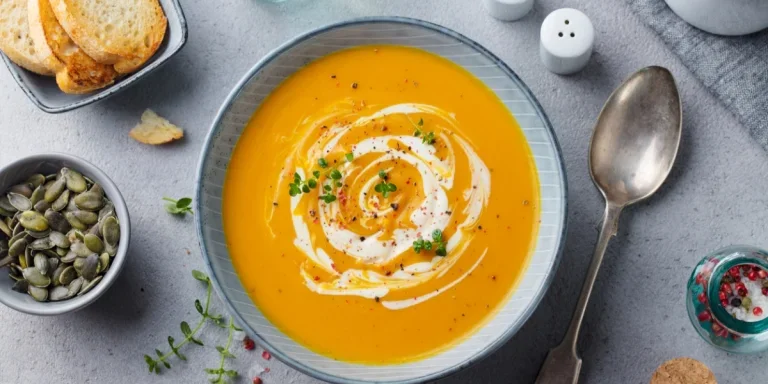With more and more people turning to home cooking and wanting to host lunches and dinners at their places, having a standard cutlery set is not enough anymore. To recreate the restaurant experience in their kitchens and dining rooms, consumers worldwide need to buy different table pieces and accessories.
Soup spoons have increasingly become an essential item in any kitchen. Whether a shiny, western-style spoon or a deep, decorated Asian soup spoon, it allows guests and families to enjoy soups, broths, and noodles practically and efficiently.
However, not all spoons are the same: numerous models, materials, and designs make these items suitable for different contexts, dishes, and preferences. For retailers, understanding the characteristics and market of this product is essential to making strategic purchasing decisions and meeting customer needs.
Table of Contents
Market data and types of products
Western vs. Eastern soup spoons
How customers choose soup spoons
Materials
Design and ergonomics
Price range and aesthetics
Final thoughts
Market data and types of products
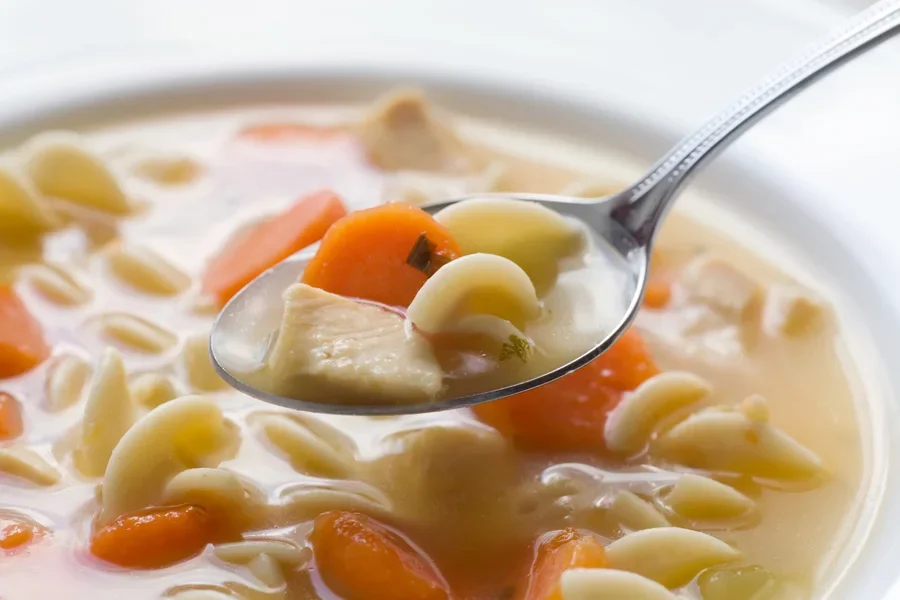
According to Coherent Market Insights, the global flatware market is growing due to increased demand for home consumption and greater attention to table aesthetics. The industry market size was valued at USD 6.81 billion in 2024 and boasts a compound annual growth rate (CAGR) of 4.8%, leading it to a value of USD 9.46 billion by 2031.
Homeowners are increasingly interested in stylish, functional cutlery that combines aesthetics with practicality. They purchase various table sets to match the theme of the parties or dinners they host, allowing them to enjoy their favorite soups and dishes appropriately in their private lives.
Soup spoons have a long history and have evolved differently in different countries: if in the East they are a must-have for eating Asian soups the right way, in the West, they have become a symbol of status and sophistication.
Western vs. Eastern soup spoons
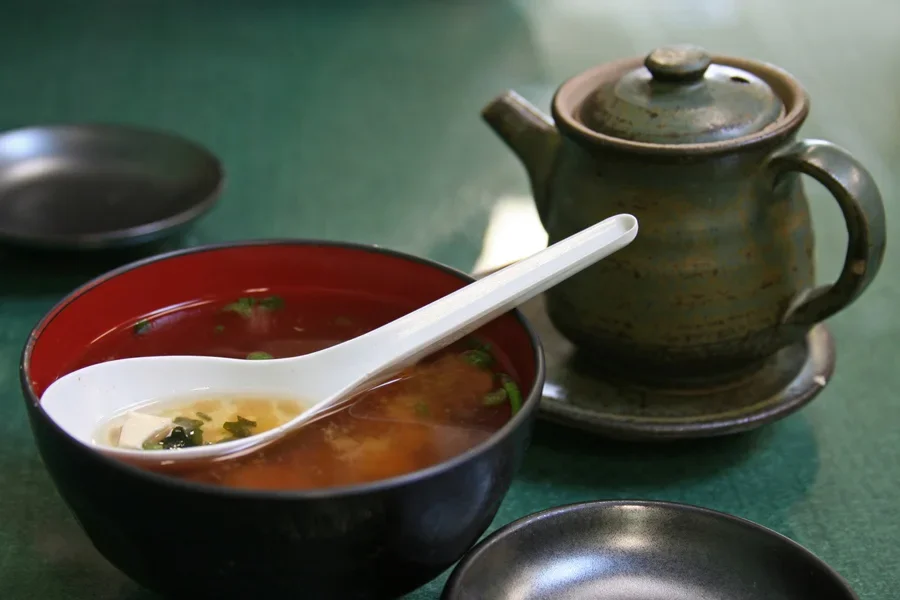
Western-style soup spoons are ideal for light soups, stews, and broths, as they allow the user to easily collect the liquid in the bowl and sip it from the tool’s tip.
They feature an elongated shape with an oval or slightly rounded cup and a long handle, and they are generally not deep. Western spoons are traditionally made of metal (mainly stainless steel) but can also be made of plastic, wood, or recycled materials.
On the other hand, eastern-style spoons are perfect for thick soups with solid ingredients typical of the Chinese, Japanese, and Korean cultures, such as ramen, wonton soup, miso soup, and so on.
These types of spoons are generally wider and shorter, with a deeper cup and a flat bottom, because they allow you to collect the broth and the pieces of food in a single bite. Chopsticks often accompany them to grab larger ingredients. The handle is shorter and usually more inclined than the Western one.
Asian soup spoons are made with ceramic or porcelain, plastic, wood, or bamboo and often feature décor, patterns, and symbols printed on their surface.
How customers choose soup spoons
When choosing soup spoons, the difference between Western and Eastern types is the first thing your customers look at. There are a lot of other characteristics that should be considered when stocking spoons of both types.
Materials
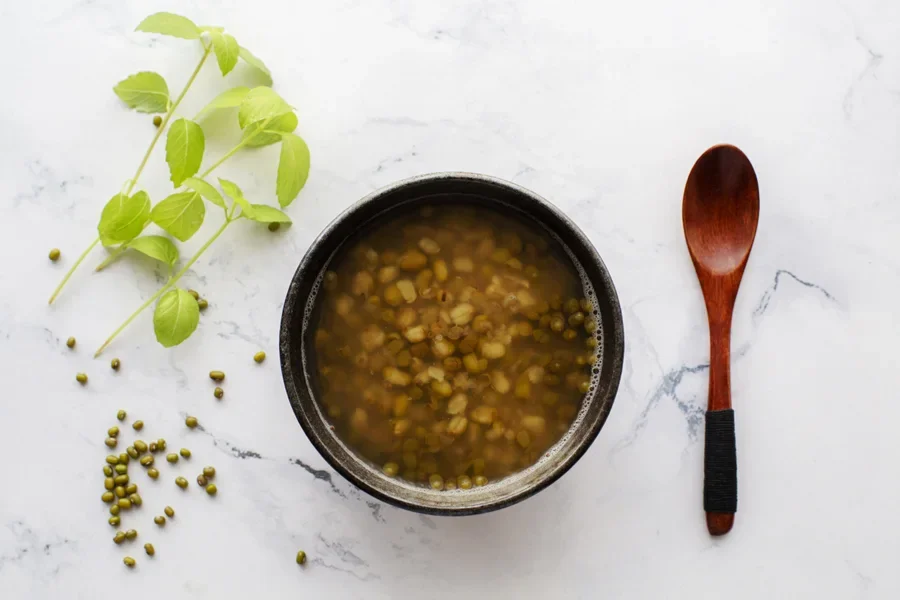
One of the most important aspects when choosing a soup spoon is the material it is made of.
Western-style spoons are usually manufactured with metal, more often stainless steel. Stainless steel soup spoons are rust-resistant, durable, and easy to clean, making them the most popular choice for both restaurants and home use. Silver and other precious metals are employed for luxury cutlery: they lend an elegant and sophisticated look but with higher costs and specific maintenance requirements.
Asian spoons are typically made of plastic, a less expensive and lightweight material, or wood or bamboo. Kitchenware made of ceramic is more expensive but can become a real conversation piece on every table.
Both spoons can come in bamboo or wood, a sustainable option with a natural design, but they require more care to avoid deterioration.
Design and ergonomics
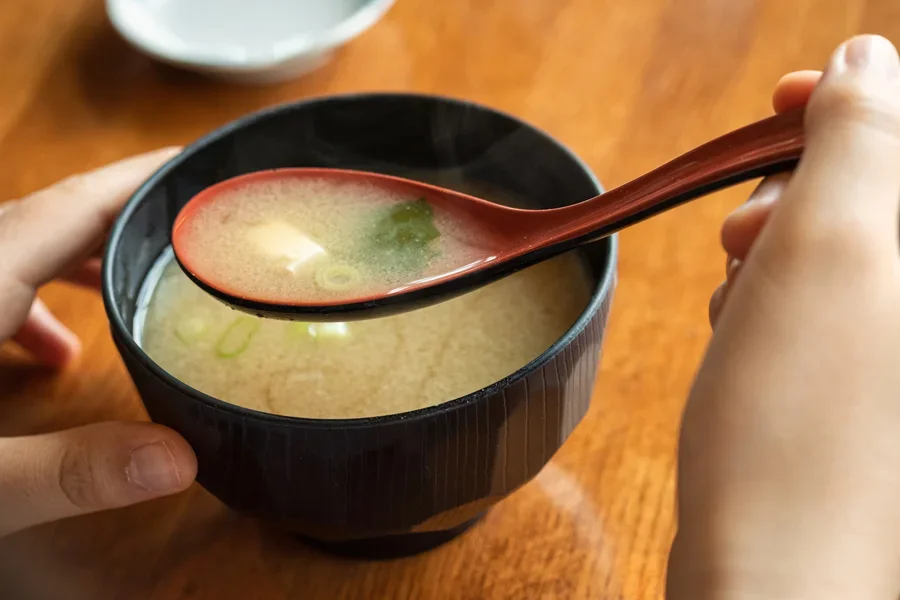
The design of a soup spoon is not only a question of aesthetics but also affects the comfort of use.
The bowl shape can be deeper or flatter depending on the culinary tradition and eating preferences. Again, for thicker soups, using an Asian spoon will help you fully savor the soup, while Western-type soup spoons are best for sipping French consommé or Italian minestrone.
A longer handle looks graceful and is essential for a Western table setting, where the fork, knife, and spoon should be of similar height; in contrast, a shorter handle is better for achieving a more controlled grip.
Price range and aesthetics
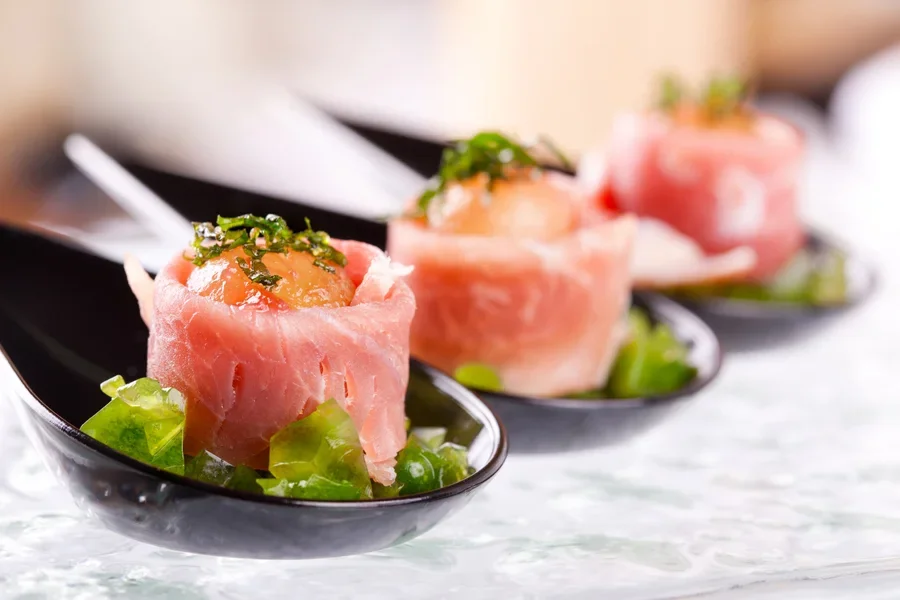
Finally, price is a key factor for both retailers and customers. For example, economical plastic or stainless steel soup spoons are ideal for wholesale and restaurant chains. Still, many home consumers look for more high-end designs and higher-quality materials.
Spoons with a refined design and more resistant materials are suitable for customers looking for a good quality-price ratio. This includes Asian soup spoons with décor and Western-style spoons with interesting features.
Last but not least, luxury cutlery in fine metals or sophisticated details is perfect for fine dining at home and in restaurants.
Final thoughts
For retailers, the choice of soup spoons must consider several factors, including materials, design, sustainability, and market segment. Offering a varied range of products allows you to meet the needs of different customer segments while ensuring quality and profit.
